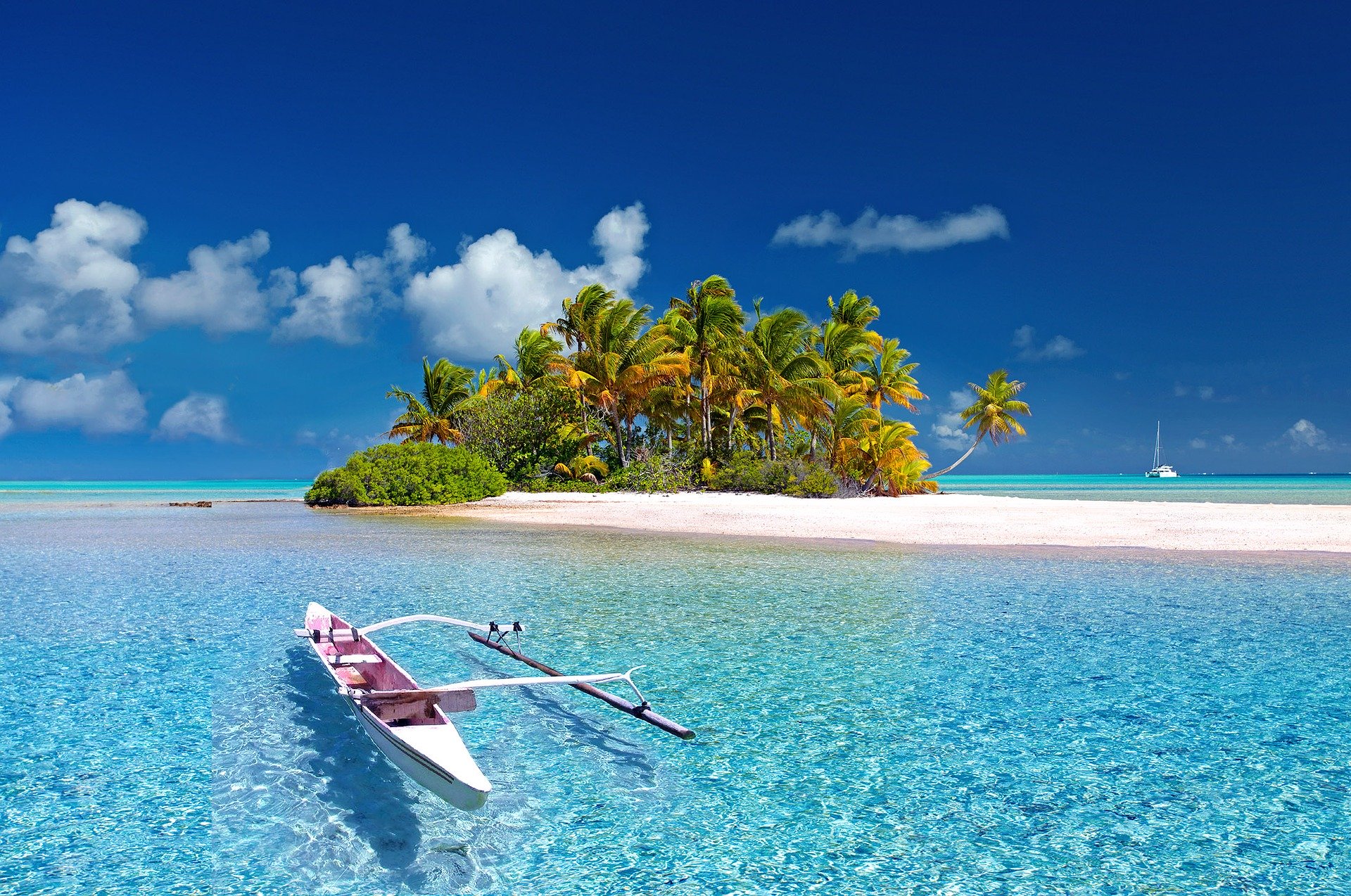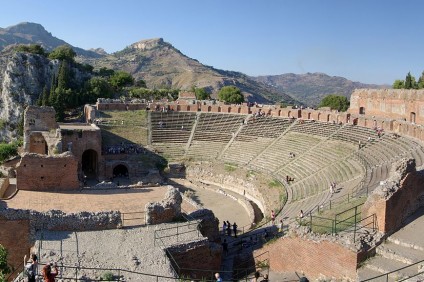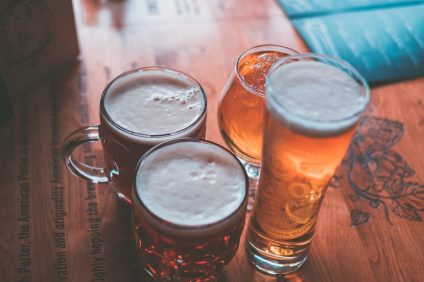Mid-August, Ferragosto in italian, is the festival that celebrates the summer. An anniversary to be experienced in company, in the sign of lightheartedness and, possibly, away from home. By the sea or in the mountains, in the hills or by a lake, the destinations to be reached vary according to the tastes and possibilities of Italians.

Just have fun with little! As the families of the past used to do, with the traditional trips out of town, which crowded the beaches or the mountain resorts, entertaining themselves until late with lavish lunches, songs and dances.
Today, in August, we continue to leave, preferring the most popular tourist destinations, whether they are marine or mountain. But, unlike in the past, more and more Italians are taking advantage of this day of celebration to visit museums and cultural sites in our country. Therefore, this will also be a holiday Ferragosto, but, compared to the others that preceded it, to be spent with some limitations, dictated by the delicate period we are experiencing. The recent resurgence of Coronavirus infections, in fact, invites everyone to be more cautious. The use of the mask and the maintenance of the safety distance remain the guidelines to follow to live the day in complete tranquility.
Mid-August, its origins
The italian term Ferragosto derives from the Latin phrase Feriae Augusti (rest of Augustus), because it was the emperor Octavian Augustus who established it in 18 BC. The festivity was added to other pre-existing ones: the Vinalia rustica, the Nemoralia or the Consualia, all falling within the same month. This was a period of rest and celebrations that originated from the tradition of the Consualia, festivals dedicated to Conso, god of the earth and fertility in the Roman religion, which celebrated the end of agricultural work.
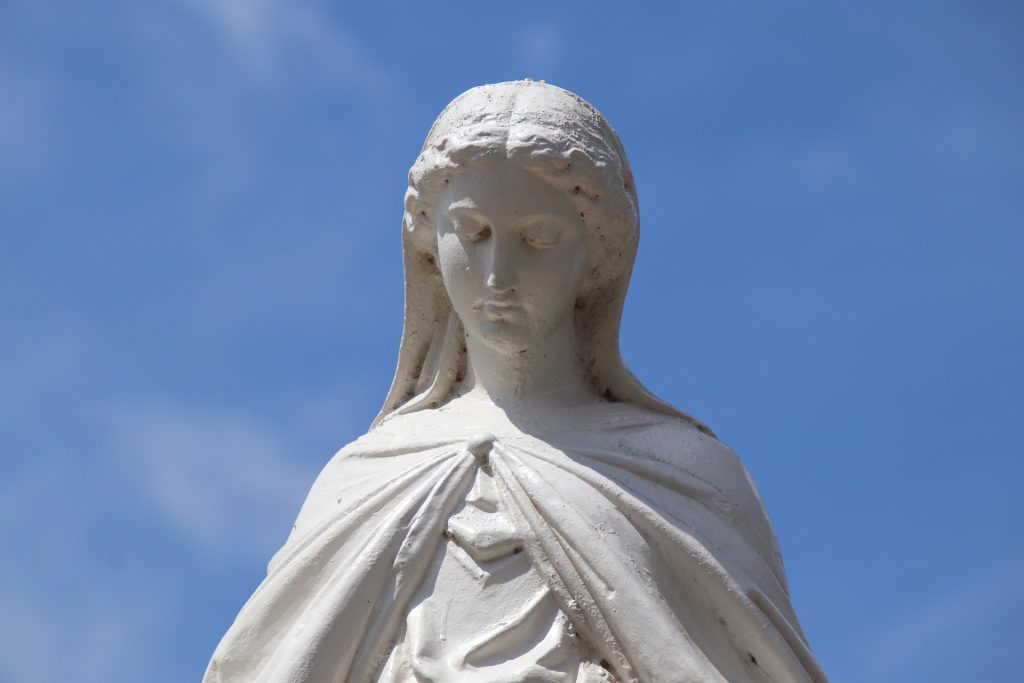
During these celebrations, horse races were organized throughout the empire, and the animals exempted from working in the fields (oxen, donkeys and mules) were adorned with flowers. In addition, in these days of celebration, the peasants greeted the landowners, receiving a tip in return.
Mid-August, the choice of August 15th
Originally Mid-august was celebrated on the first day of the month. But the Church moved it to August 15, to make the secular recurrence coincide with the religious solemnity of Mary’s Assumption into heaven, a cult that spread from the fifth century AD. The dogma, according to which the Madonna was welcomed into heaven with body and soul, was proclaimed by Pope Pius XII only in 1950. August 15th, as we understand it today, was born in the Fascist period.
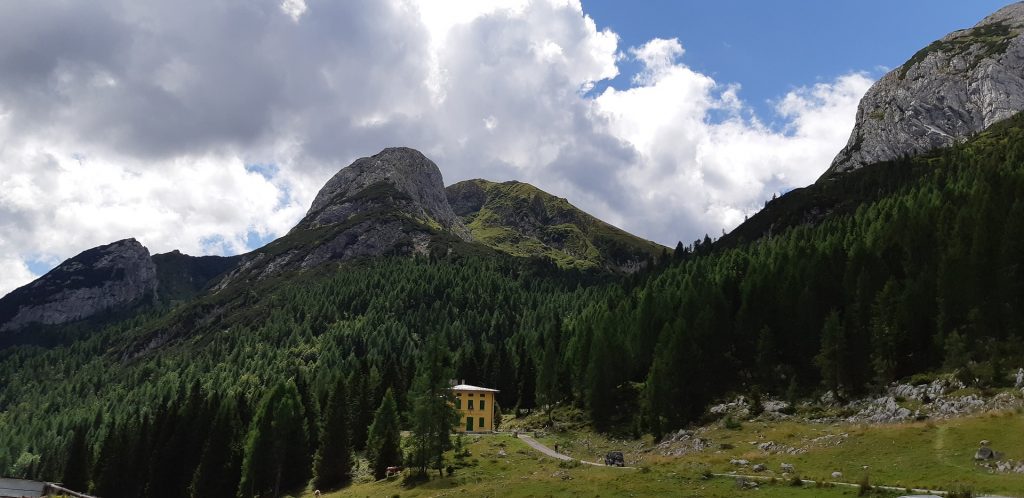
From the second half of the 1920s, through the after-work associations of the various corporations, the regime organized hundreds of popular outings for this day. In the 1930s, in particular, they were favored by the institution of special popular trains (later renamed “Ferragosto trains”), with low-cost fares that allowed even the less well-off to go to the sea, to the mountains, or to visit Italian cities.
Mid-August and traditions
From north to south, the traditions linked to Ferragosto are numerous and involve large and small municipalities. However, this year, many of them will not take place, for security reasons. Most of these traditions originate from the ancient Augustan races with donkeys. An example of this is the Palio degli Asini, which since 1981 has been held on the first Sunday of August, in the Novagli hamlet of Montichiari (Brescia), and sees four contrade opposite each other. Not to mention the famous “Palio dell’Assunta” in Fermo, a horse race between the ten local districts, or the one in Siena, on August 16.
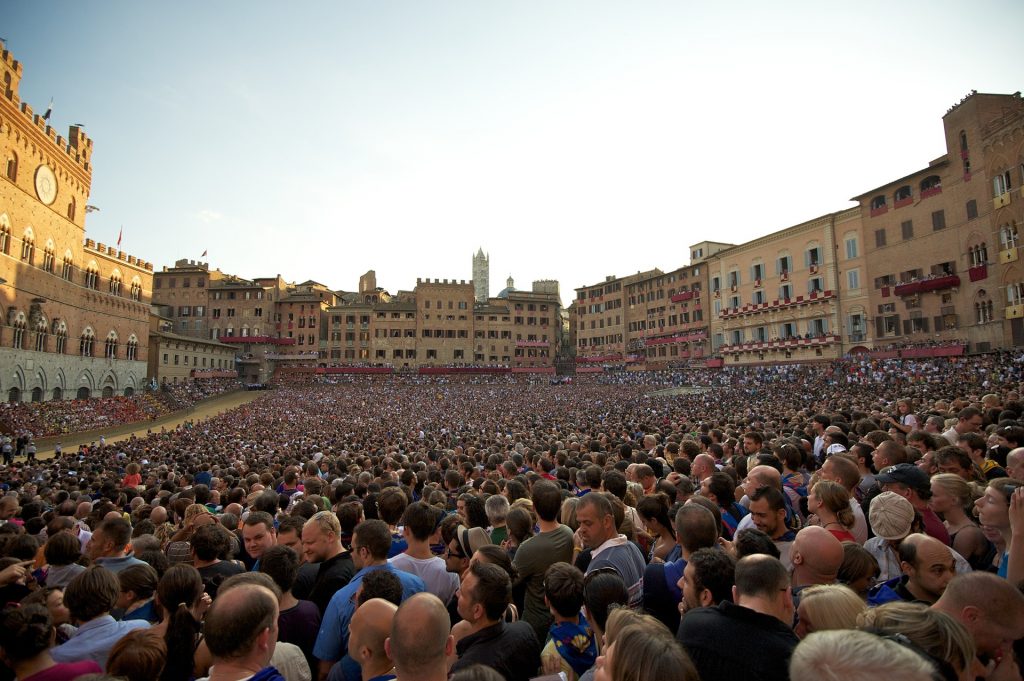
And again, the famous Giostra del Saraceno, dated 15, in Sarteano (Siena), where knights compete in ancient games of skill. The most famous of the “rides”, that of Arezzo, takes place a few days earlier, on 7 August. In Porto Santo Stefano (Grosseto), the “chivalric tenzone” takes place, a colorful regatta between the four “guzzi”, historic four-rowers boats that represent the districts of the city.
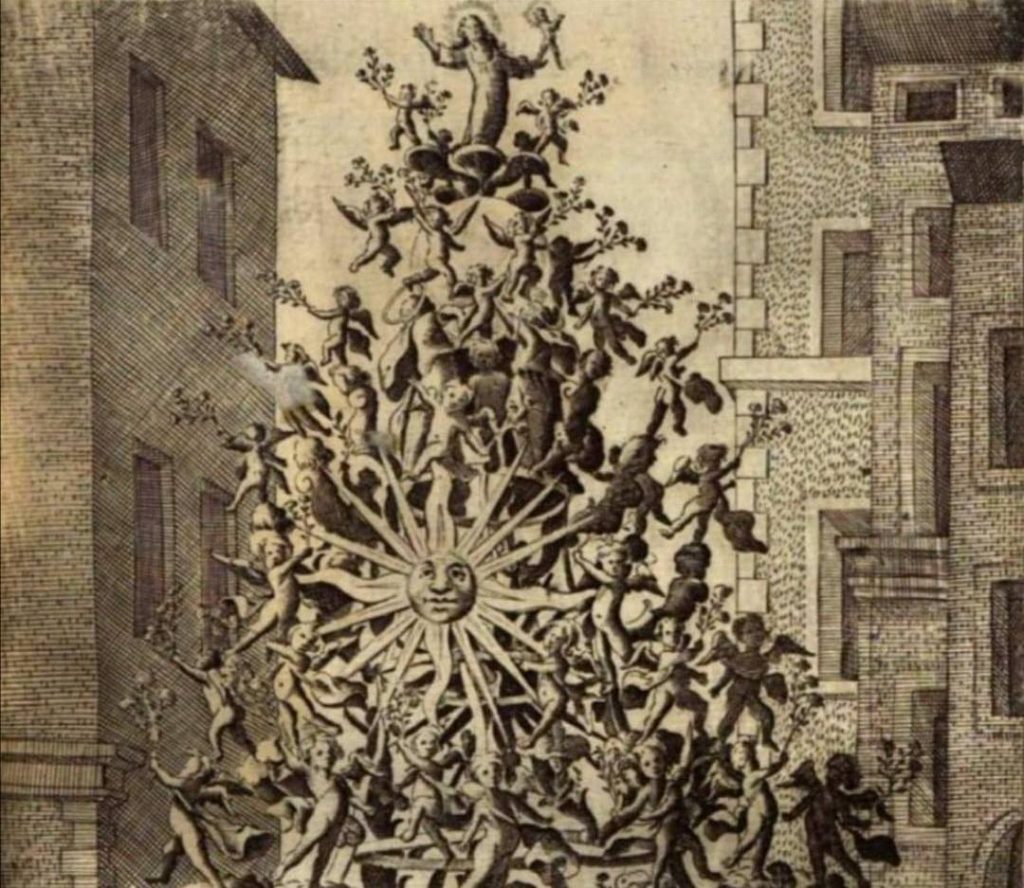
Further south, the processions of the Madonna Assunta are particularly solemn. A good example of this is those of Pozzuoli and Messina. The latter is known as the feast of the Vara (or of the coffin), where a large votive chariot dedicated to the Virgin is carried in procession through the streets of the city.
The typical dishes of the party
Together with popular games and religious rites that take place on this day, the typical dishes of August 15th also deserve attention. The traditional dish par excellence of this festival is the roasted pigeon. A custom born in Tuscany in the Carolingian era, which still survives today in some areas of Italy. The traditional menu in Rome includes fettuccine with liver, stewed chicken with peppers and, finally, watermelon. In Foggia they eat the stuffed rooster, baked in the oven with potatoes.
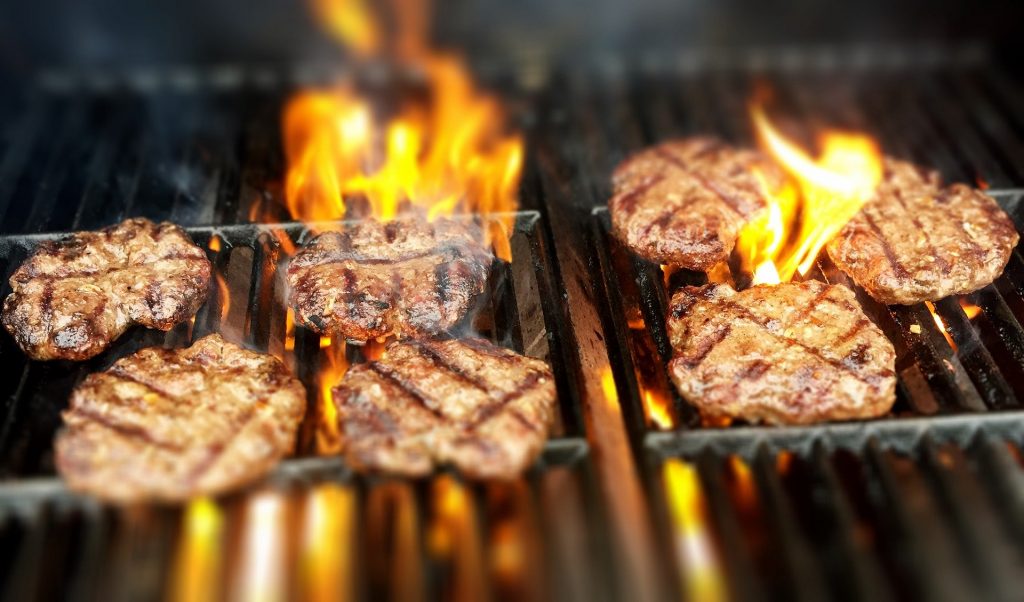
In Sicily we prepare the Gelo di Melon or watermelon, a typical spoon dessert. Calabria preferes barbecue, baked pasta, rice or eggplant balls. In short, Mid-August is also the day of the big binges.
Say “yes” to celebrations, but in compliance with anti-covid rules
In view of the day of celebration, many administrators have already run for cover by issuing specific ordinances, in order to avoid the spread of the virus. Precisely because of the recent increase in infections in our country, everyone is allowed to experience Ferragosto in company and having fun, but with moderation and attention for themselves and others. So that the party remains as it is, therefore a beautiful memory to keep over time. Happy Mid-August to you all!

